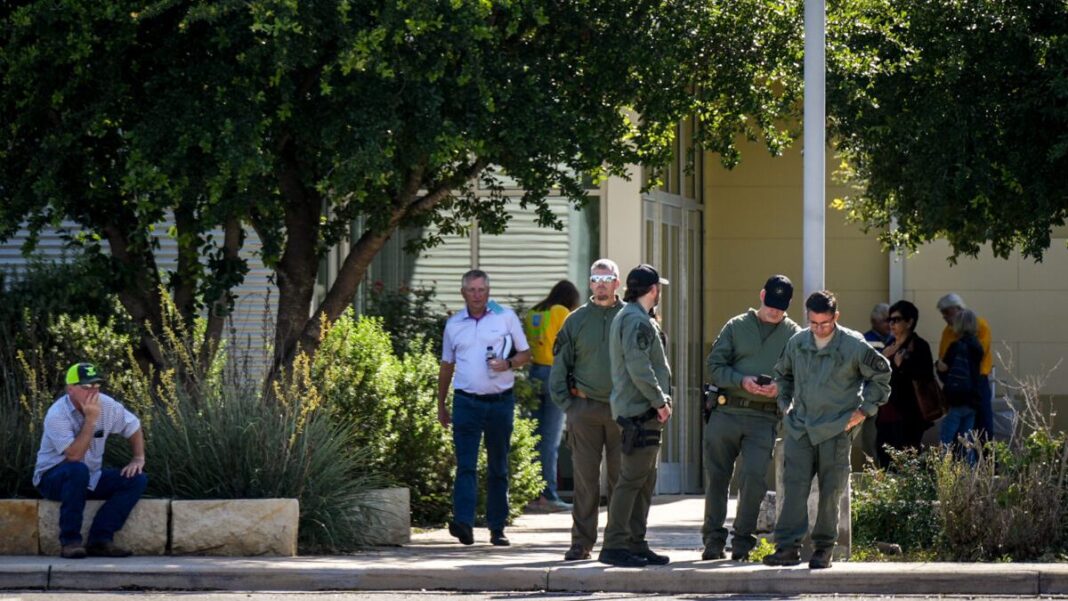The law enforcement officers who responded to the May mass shooting at a Texas elementary school could have quickly stopped the shooter, according to an after-action report released on July 6.
An officer who could have fired a rifle at the shooter before he entered the school should have done so without waiting for clearance from a supervisor, the report says.
The failures to stop the shooter, identified by authorities as Salvador Ramos, left Ramos as the only armed person inside two adjoining classrooms at Robb Elementary School for over one hour.
The May 24 shooting left 19 students and two teachers dead. Another 17 were wounded.
Experts with the Advanced Law Enforcement Rapid Response Training (ALERRT) Center at Texas State University compiled the report based on video footage from inside the school, body camera video, radio logs, testimony of officers who responded, and statements from investigators. ALERRT experts were briefed by an officer who is investigating the response to the shooting. They also conducted a walkthrough of the crime scene. Authors cautioned that the report is subject to changes as new evidence emerges.
ALERRT trains law enforcement across the nation in responding to active shooter situations. It regularly evaluates the outcomes of actual situations in order to better prepare officers.
Problems Outside School
Ramos crashed his vehicle near the school and walked onto campus before heading to a doorway.
An Uvalde school district officer drove onto campus as Ramos was in the parking lot, but did not see him.
ALERRT experts said the officer should have driven more slowly or parked his car at the edge of campus and approached on foot. Either way, he might have spotted Ramos and engaged him before he entered the building.
An Uvalde police officer who did spot the suspect carrying a rifle prior to the suspect entering the building, meanwhile, probably should have fired without asking for permission to shoot, according to the report.
“The officer was justified in using deadly force to stop the attacker,” the report says, citing Texas penal code.







